- TL;DR
- What Difference Do Bristles Make?
- What are Different Brush Shapes for Oil Painting?
- 1.Round
- 2.Flat
- 3.Bright
- 4.Filbert
- 5.Angle
- 6.Fan
- 7.Egbert
- 1.
- Oil Brush Sizes
- Best Oil Painting Brushes in 2025
- 8.If I Had to Choose Three
- 8.
Starting oil painting is hard as is, and you don't want to be scrolling through thousands of different paint brushes. Some brushes fall apart after one use. Others cost a fortune but don’t perform any better.
Bad brushes make painting harder than it needs to be. They slow you down, shed bristles, and ruin clean strokes.
You deserve tools that actually help you paint better without costing a fortune.
TL;DR
Start with 3–5 brushes: a small round, medium filbert, and large flat cover most needs.
Hog bristles are best for bold strokes and dry brushing; synthetics offer control and easy cleanup.
Filberts blend smoothly, flats give sharp edges, and Egberts are great for expressive foliage.
Brush size impacts technique — small for detail, large for coverage and loose strokes.
Clean brushes gently, reshape while damp, and avoid soaking to keep them in top shape.
What Difference Do Bristles Make?

The bristles affect how much paint it holds, how it moves on the canvas, and how long it’ll last. Some give you bold, textured strokes. Others glide smoothly for detail and softness.
| Type | Best For | Texture Feel | Notes |
| Hog Bristle | Bold strokes, dry brushing, impasto | Stiff, holds shape | Durable, great for textured work |
| Kolinsky Sable | Detail, glazing, smooth transitions | Soft, springy | Pricey but worth it for precision |
| Synthetic | Versatile + affordable | Varies (can mimic both) | Good for cruelty-free or mixed media use |
Tip: Many pros use a mix of both, one for block-ins, one for details, one for texture.
What are Different Brush Shapes for Oil Painting?
Different brushes do different jobs, and each one has its own “personality.” Oil paint is thick and slow-drying, which means the right shape can give you way more control, texture, or flow.
"The best brush is the one that lets you forget it’s there and just focus on painting." - Richard Schmid.
Round

Great for detail, sketching, and controlled lines.
These brushes come to a fine point, making them perfect for outlining, facial features, or thin highlights.
With oil’s slow drying time, rounds give you time to finesse those delicate areas without rushing.
Flat

Bold, blocky, and perfect for confident strokes.
Flats have long, straight bristles with a squared-off tip — ideal for covering large areas or making crisp edges.
They hold a lot of paint and are great for layering and blending in big, expressive shapes.
Bright

Shorter version of a flat with more control.
Because the bristles are shorter and stiffer, brights are perfect for short, snappy strokes — great in tight spaces or when you want a little more pressure and precision.
Filbert

The all-rounder. Soft corners, smooth blends.
Filberts have a rounded edge that makes them super versatile — you can blend, shape, and soften edges all with one brush.
They’re ideal for portraits, florals, and any time you want smoother transitions without hard lines.
Angle

Like a flat, but with attitude.
The slanted edge makes this brush great for curves, edges, petals, and dynamic shapes.
It’s also surprisingly useful for cutting in clean lines and getting into tight corners.
Fan

A texture-lover’s dream.
Fan brushes are spread out like a fan (go figure) and excel at blending skies, softening edges, and creating effects like leaves, hair, or clouds.
With oil, they’re fantastic for dry brushing and adding subtle texture.
Egbert

The expressive wild card.
Egberts are like filberts with extra-long bristles, giving them a flexible, flowing feel.
They’re amazing for loose foliage, sweeping lines, and brushy textures. If you paint landscapes or florals — this is one to try.
Oil Brush Sizes
You don’t need every single size. What you do need is a small set that covers the basics: detail, mid-size work, and large coverage.
| Size Range | What It’s Good For | Best Brush Types |
| 0–2 | Fine details, lines, signatures | Round, Liner, Small Filbert |
| 4–6 | Versatile mid-size strokes, blending, controlled coverage | Filbert, Flat, Bright |
| 8–12 | Blocking in shapes, expressive strokes, backgrounds | Flat, Bright, Egbert |
| 14+ | Large scale work, gestural painting, priming surfaces | Flat, Fan, Hog Bristle Brushes |
Start with 3–4 brushes in different sizes and shapes.
"I've found that using fewer brushes actually helps me paint more confidently. A good hog bristle flat can do 80% of the work if you know how to use it." - Bill Inman, professional oil painter.
Try a small round, a medium filbert, and a large flat — that combo alone can get you through most of a painting. You can always add more once you get a feel for what you love using.
Best Oil Painting Brushes in 2025

| Brand & Series | Why Artists Love It | Best For |
| Rosemary & Co – Ultimate Series | Great spring, durable, artist-endorsed | All-around use |
| Utrecht 209 & 103 Series | Tough, affordable, unbeatable longevity | Blocking in & foliage |
| Da Vinci Maestro Series 10 | Kolinsky sable, excellent for fine detail | Portraits, glazing |
| Princeton Aspen Series | Synthetic with great stiffness | Oils & acrylics |
| Milan Art FEARLESS Set | Designed by pro artists for versatility | Beginners to pros |
If I Had to Choose Three
If I had to narrow it all down to just three brushes it’d be these.
- Rosemary Ultimate Long Flat Size 8 – daily driver for bold, confident strokes
- Utrecht 103 X-Long Filbert – unbeatable for wild tree trunks & foliage
- Masters Series 272 Round – softening edges, branches, delicate work
Final Thoughts
The best brushes for oil painting aren’t about having the biggest collection — they’re about finding the few that really work for you. Think about what you love to paint, how you like your brush to feel in your hand, and what kind of strokes feel most natural. Start with a small, smart mix of sizes and shapes, pay attention to how they behave with your paint, and build from there.
One more tip:
If a brush feels frustrating, it’s not you, it’s probably just the wrong match. Don’t be afraid to try something new or experiment with an unusual shape. That’s how most artists find their favorites.
Need a little spark of inspiration? Scroll through our top painters’ oil paintings, their brushwork might give you exactly the push you need for your next piece.
Frequently Asked Questions
What brushes do professional oil painters use?
Professional oil painters often use a mix of natural bristle and synthetic brushes. Brands like Rosemary & Co, Da Vinci, and Utrecht are popular for their quality and durability. Many pros prefer hog bristle brushes for bold strokes and synthetic or sable brushes for detail and blending.
Can I use the same brushes for oil and acrylic painting?
You can use the same brushes for both oil and acrylic, but it’s not ideal. Acrylics can be harsher on bristles and are water-based, while oils require solvent cleaning. If you do use them for both, clean thoroughly between mediums and expect a shorter brush lifespan.
Are synthetic brushes good for oil painting?
Yes, synthetic brushes can be excellent for oil painting. Modern synthetic fibers mimic natural bristles well, offering good spring and durability. They’re also easier to clean and more affordable, making them a great option for both beginners and experienced artists.
How many brushes do I really need to get started with oils?
You only need 3 to 5 brushes to start oil painting. A small round for detail, a medium filbert for blending, and a large flat or bright for blocking in are a solid trio. You can add more shapes and sizes as your style evolves.
What’s the difference between a filbert and a flat brush?
A filbert has a rounded tip, which creates soft edges and is great for blending and organic shapes. A flat brush has a squared-off edge, perfect for crisp lines and bold, structured strokes. Filberts are more versatile, while flats offer precision and control.
Why do my brushes lose their shape so quickly?
Brushes often lose their shape due to improper cleaning, soaking in solvent too long, or using too much pressure while painting. To keep your brushes in good condition, clean them gently after each session and reshape the bristles while they’re still damp.
George, CEO of Photo2painting, is a passionate art lover and entrepreneur. He founded Photo2painting.com from scratch, inspired by his artist friends. As the company's CMO, he manages content and marketing.
Excellent Customer Reviews

















































































































































